Getting it right for every child (GIRFEC) - Statutory Guidance - Assessment of Wellbeing 2022 – Part 18 (section 96) of the Children and Young People (Scotland) Act 2014 - Easy Read
This statutory guidance clarifies how the eight wellbeing indicators (SHANARRI) are used in assessing the wellbeing of children and young people and will explain what wellbeing is in the context of the Act.
Wellbeing indicators
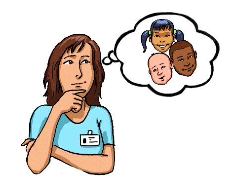
The law lists 8 wellbeing indicators that workers need to think about. Workers should think about the rights of the child, young person and family, and involve them.
The 8 needs for good wellbeing are:
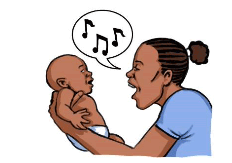
1. Safe - feeling safe, cared for and listened to when growing up. Protected from abuse, neglect or harm at home.

2. Healthy - having the best physical and mental health possible. Access to good health care. Support to make healthy and safe choices.
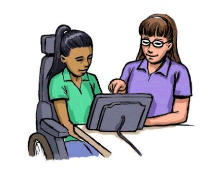
3. Achieving - supported and guided in learning skills, confidence and self-esteem.
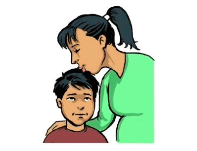
4. Nurtured - growing, developing and being cared for in a place that feels safe.
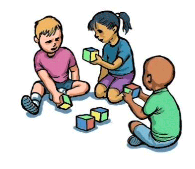
5. Active - having opportunities to take part in activities like play and sport. This helps healthy growth and development.
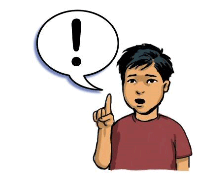
6. Respected - having a voice and being involved in decisions that affect them.
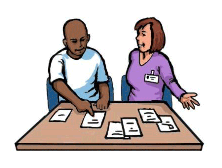
7. Responsible - having opportunities and the chance to take active roles at home, in school and in the community. Having advice and support if needed.
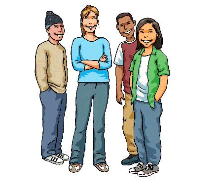
8. Included - having help to overcome inequalities. Be accepted as part of their family, school and community.
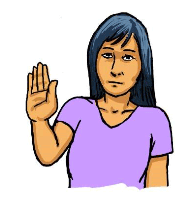
The indicators can connect and overlap. They give a full view of each child or young person. They let adults support them. They can address barriers to growth and development.
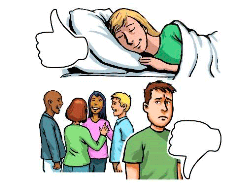
Things like sleep, play and a healthy diet are positive for wellbeing. The effects of poverty and social isolation can be negative for wellbeing.
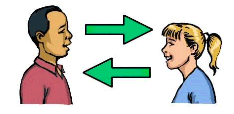
Communication is important. Decision making needs to be accessible for people to take part.
Contact
Email: GIRFEC@gov.scot
There is a problem
Thanks for your feedback